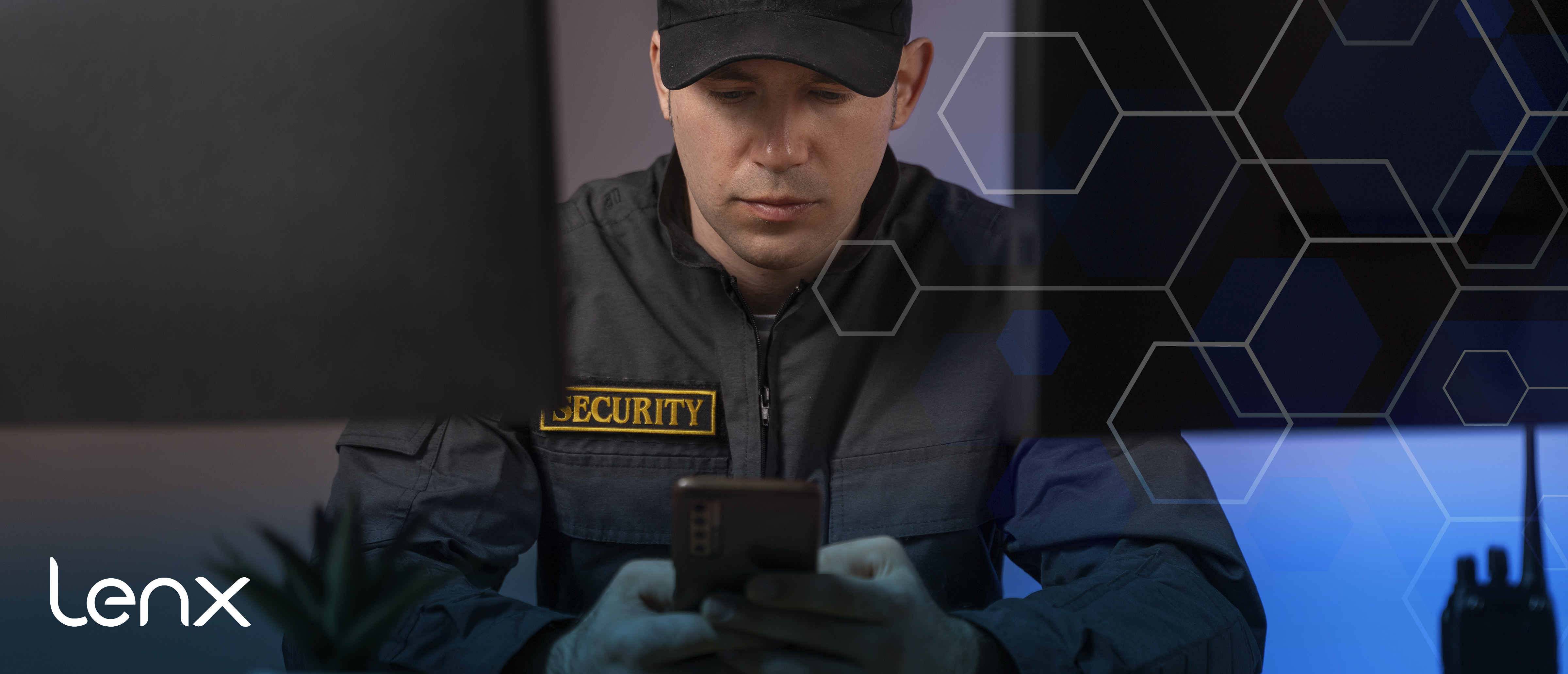
Training Dispatchers To Work With AI Security And Gun Detection Systems
As schools increasingly turn to advanced technology solutions to enhance safety, the integration of AI security and gun detection systems has become pivotal. These cutting-edge systems are designed to identify potential threats, such as active shooters, with a level of speed and accuracy that was previously unattainable. However, to maximize the effectiveness of these systems, proper training of dispatchers is essential. This article will explore the key elements of preparing dispatchers to work seamlessly with AI security and gun detection systems.
Understanding AI Security and Gun Detection
Before dispatchers can effectively operate alongside AI technology, they must understand the systems they're working with. AI gun detection systems use complex algorithms to analyze visual data, searching for indicators of a firearm. When a potential threat is detected, the system alerts the dispatchers, who then must act swiftly.
The Role of Dispatchers
Dispatchers serve as the crucial link between AI detection alerts and the response teams. Their role involves verifying the AI-generated alerts, assessing the severity, and coordinating the appropriate emergency response. This can include notifying law enforcement, initiating lockdown protocols, or activating crisis management plans.
AI Security Training Programs
To ensure dispatchers are well-prepared, comprehensive training programs must be implemented. These should cover the technical aspects of the AI security app or system, as well as scenario-based exercises that simulate real-life situations. Dispatchers should be trained on how to:
- Quickly interpret and verify alerts from the AI system
- Communicate effectively with school officials and law enforcement
- Navigate the security detector's user interface
- Manage stress and make critical decisions under pressure
Continuous Learning and Adaptation
The field of AI security is continually evolving, with systems becoming more sophisticated over time. Dispatchers must be provided with ongoing training to stay abreast of new developments and to refine their skills in using these technologies.
Policy and Procedure Development
The introduction of AI gun detectors necessitates a review and possibly an overhaul of existing security protocols. Dispatchers should be involved in this process to ensure that procedures are practical and that they complement the capabilities of the AI system.
Collaboration with Other Stakeholders
Dispatchers must also work closely with other stakeholders, including school administrators, security personnel, and law enforcement agencies. Training should encourage and facilitate this collaboration, ensuring that all parties are aligned and can effectively respond to incidents.
Measuring Performance and Effectiveness
To validate the effectiveness of the training, performance metrics should be established. These can include response times, accuracy in threat identification, and successful resolution of incidents. Regular reviews and drills can help identify areas for improvement.
By equipping dispatchers with the necessary knowledge, skills, and tools to work with AI security and gun detection systems, schools can enhance their readiness to face potential threats. The ultimate goal is to create an environment where technology and human expertise combine to safeguard the well-being of students and staff.
For more information on implementing AI security solutions in your school, or if you have questions about training dispatchers, please reach out to us.

